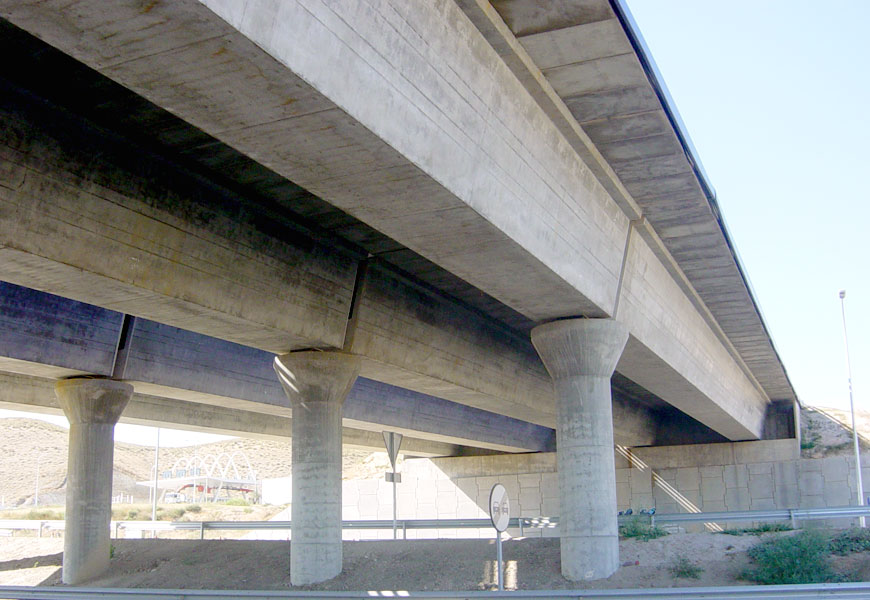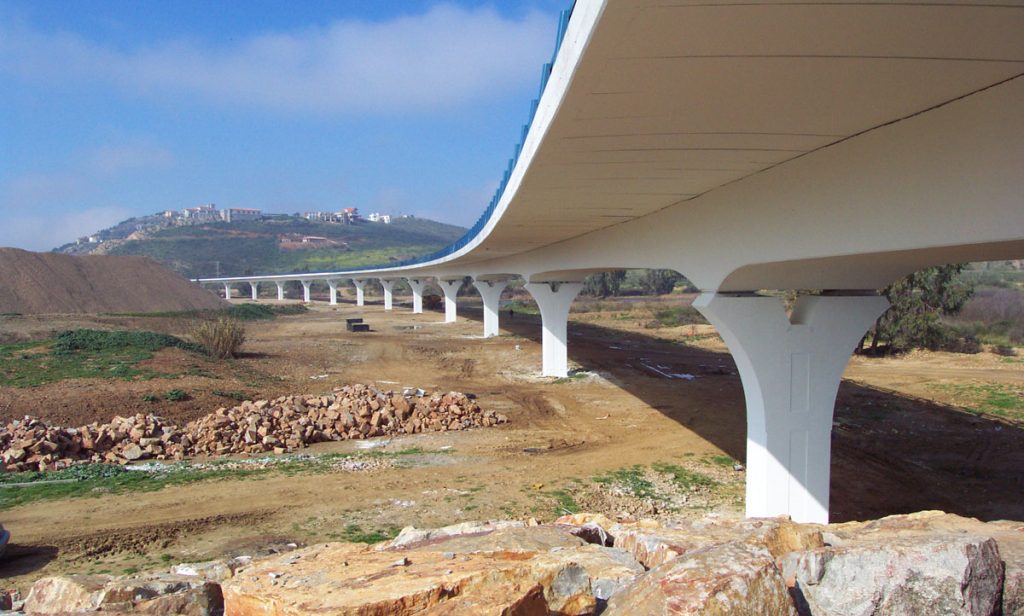Mathematics (ISSN 2227-7390) is a peer-reviewed open access journal which provides an advanced forum for studies related to mathematics, and is published monthly online by MDPI.
- Open Access – free for readers, with article processing charges (APC) paid by authors or their institutions.
- High visibility: Indexed in the Science Citation Indexed Expanded – SCIE (Web of Science) from Vol. 4 (2016), Scopus, and Zentralblatt MATH from Vol. 3 (2015).
- Rapid publication: manuscripts are peer-reviewed and a first decision provided to authors approximately 21.7 days after submission; acceptance to publication is undertaken in 5.3 days (median values for papers published in this journal in the second half of 2018).
- Recognition of reviewers: reviewers who provide timely, thorough peer-review reports receive vouchers entitling them to a discount on the APC of their next publication in any MDPI journal, in appreciation of the work done.
Impact Factor: 1.105 (2018) (First quartile, JCR)
Special Issue “Optimization for Decision Making II”
Deadline for manuscript submissions: 29 February 2020.
Special Issue Editors
|
Guest Editor Prof. Víctor Yepes
|
|
|
Guest Editor Prof. José M. Moreno-Jiménez
|
|
Special Issue Information
Dear Colleagues,
In the current context of the electronic governance of society, both administrations and citizens are demanding greater participation of all the actors involved in the decision-making process relative to the governance of society. In addition, the design, planning, and operations management rely on mathematical models, the complexity of which depends on the detail of models and complexity/characteristics of the problem they represent. Unfortunately, decision-making by humans is often suboptimal in ways that can be reliably predicted. Furthermore, the process industry seeks not only to minimize cost, but also to minimize adverse environmental and social impacts. On the other hand, in order to give an appropriate response to the new challenges raised, the decision-making process can be done by applying different methods and tools, as well as using different objectives. In real-life problems, the formulation of decision-making problems and application of optimization techniques to support decisions is particularly complex, and a wide range of optimization techniques and methodologies are used to minimize risks or improve quality in making concomitant decisions. In addition, a sensitivity analysis should be done to validate/analyze the influence of uncertainty regarding decision-making.
Prof. Víctor Yepes
Prof. José Moreno-Jiménez
Guest Editors
Manuscript Submission Information
Manuscripts should be submitted online at www.mdpi.com by registering and logging in to this website. Once you are registered, click here to go to the submission form. Manuscripts can be submitted until the deadline. All papers will be peer-reviewed. Accepted papers will be published continuously in the journal (as soon as accepted) and will be listed together on the special issue website. Research articles, review articles as well as short communications are invited. For planned papers, a title and short abstract (about 100 words) can be sent to the Editorial Office for announcement on this website.
Submitted manuscripts should not have been published previously, nor be under consideration for publication elsewhere (except conference proceedings papers). All manuscripts are thoroughly refereed through a single-blind peer-review process. A guide for authors and other relevant information for submission of manuscripts is available on the Instructions for Authors page. Mathematics is an international peer-reviewed open access monthly journal published by MDPI.
Please visit the Instructions for Authors page before submitting a manuscript. The Article Processing Charge (APC) for publication in this open access journal is 1200 CHF (Swiss Francs). Submitted papers should be well formatted and use good English. Authors may use MDPI’s English editing service prior to publication or during author revisions.
Keywords
- Multicriteria decision making
- Optimization techniques
- Multiobjective optimization










